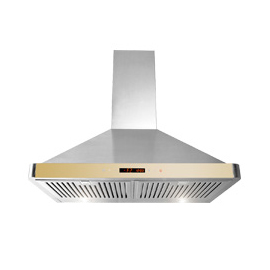Understanding HPMC for Tile Adhesives A Comprehensive Overview
Hydroxypropyl Methylcellulose (HPMC) is a water-soluble polymer derived from cellulose, widely used in various construction applications, particularly as a key ingredient in tile adhesives. With the growing demand for high-performance materials in the construction industry, HPMC has gained prominence for its unique properties that enhance the performance of tile adhesives. This article delves into the significance of HPMC in tile applications, exploring its benefits and functionalities.
Role of HPMC in Tile Adhesives
HPMC serves as a thickener, binder, and film-forming agent in tile adhesives. Its ability to retain water and improve the workability of the adhesive mix is essential, especially in cement-based formulations. When HPMC is included in tile adhesives, it enhances the viscosity of the mixture, allowing for easy application and improved adhesion to various substrates, including ceramic, porcelain, and natural stone.
One of the most significant advantages of HPMC is its water retention capability. In the tile-setting process, it ensures that the adhesive remains workable for an extended period, allowing contractors sufficient time to position tiles accurately. The extended open time prevents premature drying, which could result in weak bond strength and potential tile failures. Additionally, the water retention enhances the curing process, allowing the adhesive to develop optimal strength.
Enhancing Mechanical Properties
The performance of tile adhesives is often judged by their mechanical properties, such as shear strength and tensile bonding strength. The inclusion of HPMC significantly contributes to enhancing these properties. The polymer’s unique structure enables it to form a flexible and resilient matrix that accommodates movement and stresses in building materials without cracking or delaminating. This characteristic is particularly beneficial in areas exposed to vibrations or temperature fluctuations, making HPMC-enhanced adhesives more reliable in various environments.
hpmc for tile

Compatibility with Additives
HPMC is compatible with a range of additives commonly used in tile adhesives, such as latex, polymer modifiers, and other performance-enhancing materials. This compatibility allows manufacturers to tailor adhesive formulations to meet specific performance requirements, such as increased flexibility, water resistance, and improved adhesion. By experimenting with HPMC ratios and combining it with other functional additives, producers can develop specialized adhesives suitable for different substrates and environmental conditions.
Environmental Considerations
In an era where sustainable construction practices are becoming increasingly important, HPMC presents an eco-friendly choice. It is a biodegradable product, derived from renewable resources. Furthermore, HPMC's water-soluble nature means that it can reduce the need for harmful solvents and other volatile organic compounds in adhesive formulations, contributing to a healthier work environment.
Conclusion
In summary, Hydroxypropyl Methylcellulose (HPMC) plays a vital role in the formulation of tile adhesives by enhancing their performance characteristics. Its properties of water retention, improved workability, and the ability to enhance mechanical strengths make it an essential ingredient in high-quality adhesive products. As the construction industry continues to prioritize sustainability and performance, the demand for HPMC in tile applications is likely to grow, paving the way for innovative solutions that meet both operational and environmental standards. Whether in residential, commercial, or industrial settings, HPMC-enhanced tile adhesives provide reliable performance, ensuring that tiles remain securely bonded and perform optimally over time.






